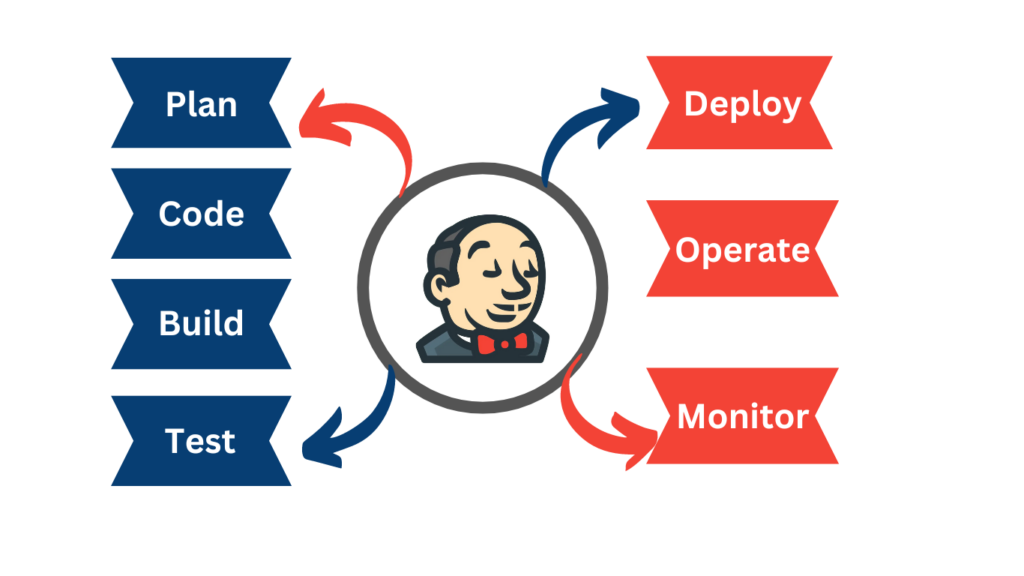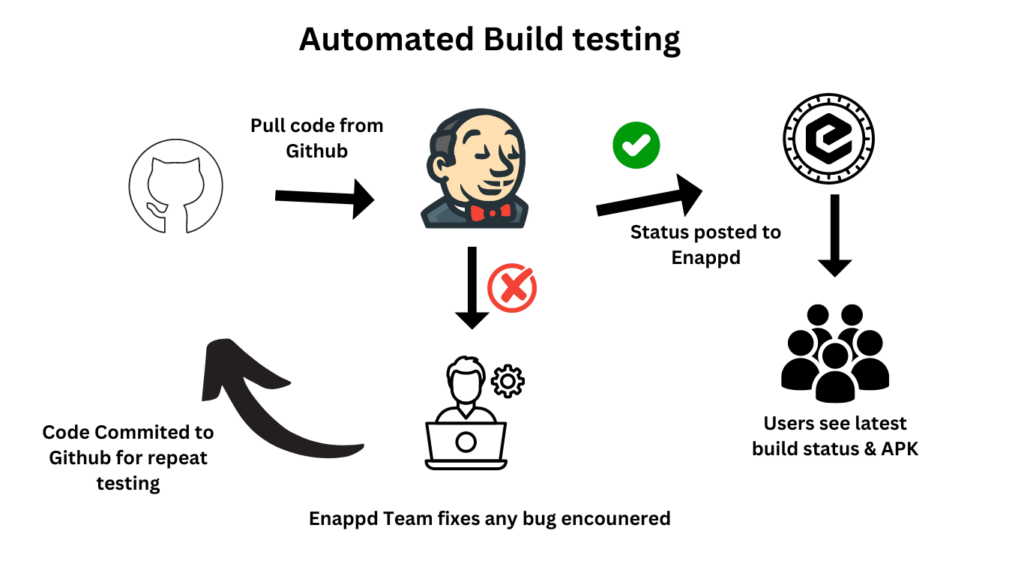Jenkins
Home > Page
Introduction :
In the ever-evolving landscape of software development, making sure code is pleasant and reliability is paramount. Automated checking out is a crucial issue of present day development practices, and Jenkins, a leading Continuous Integration (CI) tool, excels in this area. Let’s explore a way to set up and run automated exams using Jenkins, while delving into its core functionalities and blessings.
What Is Jenkins and How Does It Work?
Jenkins is an open-source automation server that allows the continuous integration and delivery of software projects. It automates the technique of constructing, trying out, and deploying code changes, thereby enabling teams to deliver exquisite software programs faster. Jenkins works by orchestrating a series of automated tasks, referred to as pipelines, which can be brought about by way of activities consisting of code commits or scheduled intervals.
Why Is Jenkins Called a CI Tool?
Jenkins is referred to as a Continuous Integration (CI) tool as it automates the combination of code modifications from a couple of members right into a shared repository. By constantly merging and trying out code, Jenkins helps stumble on and deal with integration problems early, ensuring that new changes do no longer break the prevailing codebase. This exercise improves collaboration, accelerates development cycles, and enhances software best.

Setting Up Automated Testing with Jenkins
Install Jenkins:
Begin by using Jenkins on your server. Jenkins offers smooth set up programs for diverse operating systems. Follow the set up guide at the Jenkins internet site to get started.
Configure Jenkins:
Once installed, get entry to the Jenkins dashboard and configure the simple settings, which includes protection, plugins, and equipment. Install important plugins such as the Git plugin for source management and the JUnit plugin for test reporting.
Create a Jenkins Pipeline:
Pipelines in Jenkins outline the series of steps to execute, from fetching the code to jogging exams and deploying the utility. You can create a pipeline using the declarative pipeline syntax in a Jenkinsfile.
Run Tests:
Once the pipeline is set up, Jenkins will mechanically trigger the pipeline steps whenever there is a code trade. It will take a look at the code, construct the software, and run the checks. The effects will be displayed at the Jenkins dashboard, presenting insights into the take a look at effects and any capacity issues.

Overall,Using Jenkins for automatic checking out streamlines the improvement technique, ensuring that code modifications are constantly examined and incorporated. By leveraging Jenkins’ sturdy pipeline abilities, groups can beautify code greatly, accelerate transport, and hold a high standard of software overall performance.
Also Read – Git Programming

